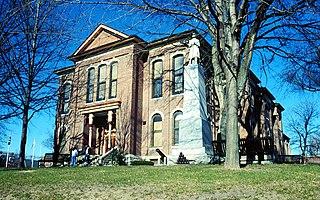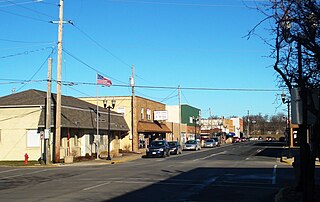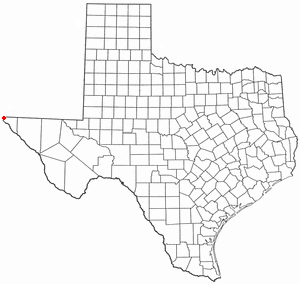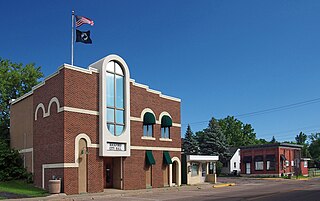
Putnam County is the least extensive county in the U.S. state of Illinois. According to the 2020 census, it had a population of 5,637. The county seat is Hennepin. The county was formed in 1825 out of Fulton County and named after Israel Putnam, who was a general in the American Revolution. Putnam County is part of the Ottawa, IL Micropolitan Statistical Area.

Putnam County is a county in north central Missouri. At the 2020 census, the population was 4,681. Its county seat is Unionville. The county was organized February 28, 1845, and named for Israel Putnam, a hero in the French and Indian War and a general in the American Revolutionary War.

Bureau County is a county located in the U.S. state of Illinois. As of the 2020 United States Census, the population was 33,244. Its county seat is Princeton. Bureau County is part of the Ottawa, IL Micropolitan Statistical Area, and the Hennepin Canal Parkway State Park is located partly in this county.

Bond County is a county located in the U.S. state of Illinois. As of the 2020 census, the population was 16,725. Its county seat is Greenville.

Liverpool is a village in Fulton County, Illinois, United States. The population was 94 at the 2010 census.

London Mills is a village in Fulton and Knox counties in the U.S. state of Illinois. The population was 350 at the 2020 census.

Watseka is a city in and the county seat of Iroquois County, Illinois, United States. It is located approximately 15 miles (24 km) west of the Illinois-Indiana state line on U.S. Route 24.

Lacon is a city in, and the county seat of, Marshall County, Illinois, United States. It is part of the Peoria Metropolitan Statistical Area. The population was 1,878 at the 2020 census, down from 1,937 in 2010.

Reynolds is a village mainly in Rock Island County in the U.S. state of Illinois. The population was 498 at the 2020 census. A small portion on the south side is in Mercer County. The village was founded in 1876.

Magnolia is a village in Putnam County, Illinois, United States. The population was 260 at the 2010 census. It is part of the Ottawa Micropolitan Statistical Area.

Milan is a village in Rock Island County, Illinois, United States. The population was 5,097 at the time of the 2020 census; down from 5,099 at the 2010 census.

Mill Creek is a village in Union County, Illinois, United States. The population was 59 at the 2020 census.

East Chicago is a city in Lake County, Indiana, United States. The population was 26,370 at the 2020 census. Centered around heavy industry, the city is home to the Indiana Harbor and Ship Canal, an artificial freshwater harbor characterized by industrial and manufacturing activity.

Steelton is a borough in Dauphin County, Pennsylvania, United States, 4 miles (6 km) southeast of Harrisburg. The population was 6,263 at the 2020 census. The borough is part of the Harrisburg–Carlisle Metropolitan Statistical Area.

Vinton is a village in El Paso County, Texas, United States. The population was 2,684 at the 2020 census. It is part of the El Paso Metropolitan Statistical Area.

Rockford is a city in Wright and Hennepin counties in the U.S. state of Minnesota. The population was 4,316 at the 2010 census. While Rockford is mainly located within Wright County, a small part of the city extends into Hennepin County. It is part of the Minneapolis–Saint Paul metropolitan statistical area. Minnesota State Highway 55 serves as a main route in the city.

Weirton is a city in Hancock and Brooke counties in the U.S. state of West Virginia. Located along the Ohio River in the state's Northern Panhandle, the city's population was 19,163 as of the 2020 census, making it the seventh most populous city in the state.

Concord Township is one of twenty-five townships in Bureau County, Illinois, USA. As of the 2020 census, its population was 1,423 and it contained 738 housing units.

Mulberry Grove Township is one of nine townships in Bond County, Illinois, USA. As of the 2020 census, its population was 1,133 and it contained 569 housing units.

Portage is a city in Portage Township, Porter County, in the U.S. state of Indiana, on the border with Lake County. The population was 37,926 as of the 2020 census. It is the largest city in Porter County, and third largest in Northwest Indiana.





















